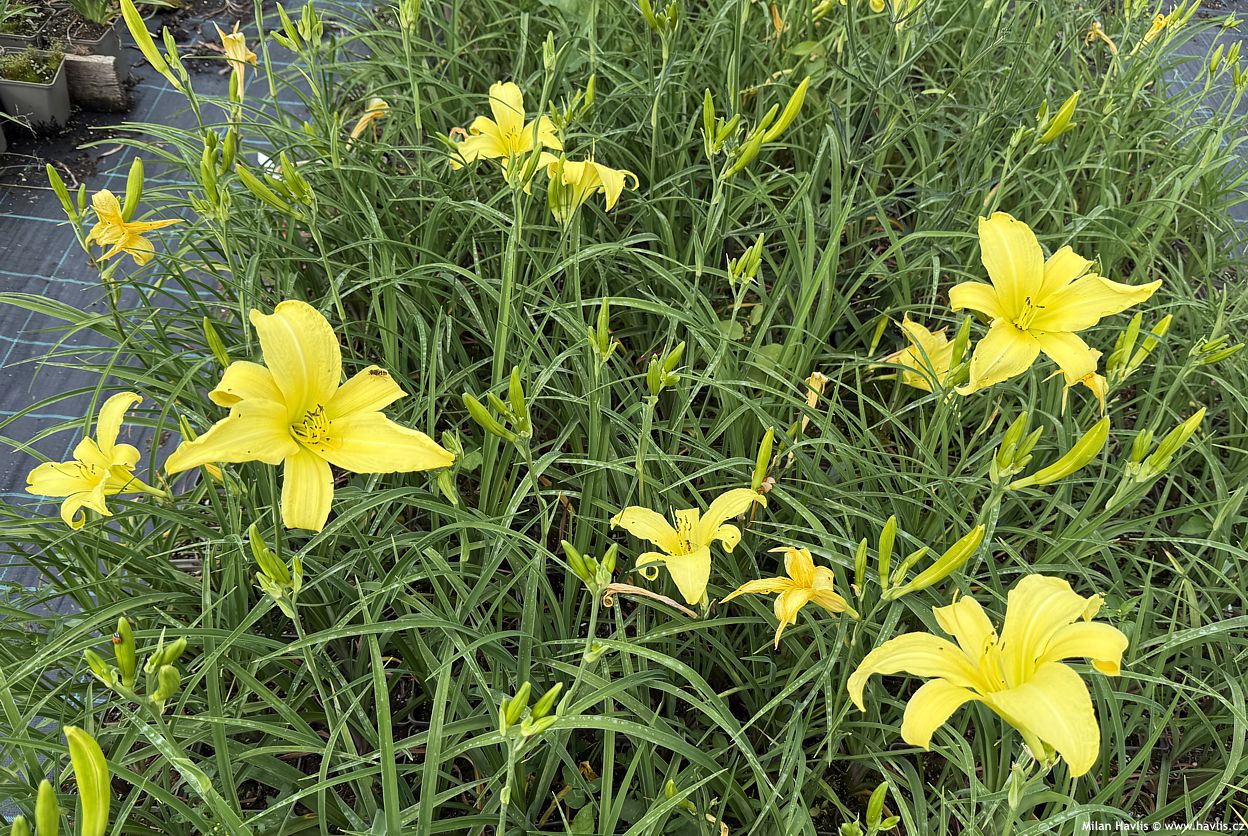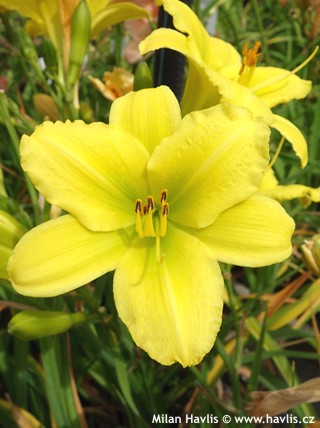Hemerocallis citrina citron daylily
Hemerocallis
The genus Hemerocallis comprises approximately 15 species of herbaceous perennials in the family Asphodelaceae, native to East Asia—particularly China, Korea, and Japan. These plants are characterised by grass-like leaves, fleshy rhizomes, and flowers that open for just a single day. This fleeting bloom cycle gave the genus its name: from the Greek “hemera” meaning day and “kallos” meaning beauty. The first botanical description was published by Carl Linnaeus in 1753, although some species had been cultivated in Asia for thousands of years. Daylilies appeared in Europe as early as the 16th century, but the true breeding boom came in the 20th century in the United States, where thousands of cultivars were developed in an astonishing range of colours, shapes, and sizes.
The citron daylily holds a special place in East Asian cultures. In China, it is known as the “golden needle” (金針, jīnzhēn) or “vegetable lily” (黃花菜, huánghuācài), and its dried flower buds are a common ingredient in traditional cuisine — added to soups, salads, and stir-fried dishes. Tens of thousands of tonnes of buds are harvested annually in China, with Hemerocallis citrina being one of the most widely cultivated species. In Korea and Japan, it is associated with spiritual cleansing, evening contemplation, and transience — its flowers open in the evening, which is rare among daylilies. In traditional medicine, it was used to treat urinary issues, insomnia, and melancholy. Modern research is exploring its potential to slow the growth of cancer cells. Although edible, the plant must be cooked — raw parts may contain the neurotoxin stypandrol.
Citron daylily is a robust, deciduous perennial with narrow, arching leaves that form elegant clumps up to 80 cm tall. Its flower scapes are leafless, branched, and often rise above the foliage, bearing up to 70 buds. The flowers are sulphur yellow, up to 15 cm long, with a long floral tube and distinctly narrow, reflexed tepals. They open in the evening and often remain until the following morning – a rare trait among daylilies. The fragrance is gentle and sweet, reminiscent of citrus. Blooming occurs from June to July and may continue longer in favourable conditions. Unlike most modern cultivars, Hemerocallis citrina has a natural, airy presence, evoking the grace of a wildflower.
In the garden, the citron daylily works beautifully as an elegant solitary plant, but also thrives in larger groupings, where its evening blooms create a unique atmosphere. Thanks to its height and light habit, it pairs well with lower perennials such as yarrow (Achillea), cranesbill (Geranium), or sage (Salvia). In naturalistic plantings, it complements ornamental grasses like fescues (Festuca) or moor grasses (Molinia). It is also well suited near seating areas, where its evening fragrance can be appreciated. Given its edible buds, it may even find a place in a kitchen garden – though always with care for proper harvesting and cooking. For me, it was above all the flower of the end of the school year, as my mother, who had grown it for years, would traditionally cut a small bouquet for my teacher at the end of June when report cards were handed out.
The growing requirements of Hemerocallis citrina are not significantly different from other daylilies, though a few specific notes are worth mentioning. It prefers full sun, or light partial shade in warmer regions. It thrives in moist, humus-rich soil, but will tolerate drier conditions if the roots have enough space. It is well suited to naturalistic gardens where it can grow without intervention, but in cultivated beds it benefits from a spring application of compost or a light dose of organic fertilizer. Slugs rarely bother it, and it is generally disease-free. After flowering, the entire clump can be cut back or older, tired leaves thinned out. Leaves may also be removed at the end of the season, though this is not necessary — the plant manages well on its own. It is fully hardy down to –40 °C (USDA zone 3).
Last update 11-11-2025
Goods are shipped all over Europe. For Russia and U.K. and for further details please read about SHIPPING OPTIONS HERE.
Are you interested in a serious discount for orders NOV-FEB? Check your options here.
THE PRICES INCLUDE VAT of 15%. For quick conversion you can use 1 CZK = approx. 0.04 EUR
- STANDARD QUALITY - Plants of this group are 1st class quality with number of branches and overall density adequate to their size and age, considering they were container grown.
- DE LUXE QUALITY - This label guarantees a luxurious quality of manually selected plants that, compared to their height and age, are exceptionally dense and beautiful.
- EXTRA - These plants are usually mature and bigger specimens with exceptional overall appearance.
- STANDARD (as described in the plant form) means a tree with a trunk of 190-210 cm and a crown at the top, unless specified differently. The commercial size for trees is their girth measured in the height of 1m from ground.
- HOBBY - These plants are of the same quality as our standard-quality plants but younger and therefore cheaper.
- SHRUB - a woody plant with branches growing bushy from the ground level.
- HALF-STANDARD or MINI-STANDARD - a small tree with shorter trunk, its size is usually specified.
- FEATHERED - These are trees with branches growing already from the base of the trunk and up along the stem.
- GRASSES and PERENNIALS - Sizes given usually read the diameter of the pot or the clump, as specified.












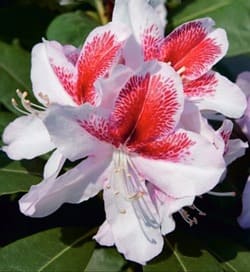




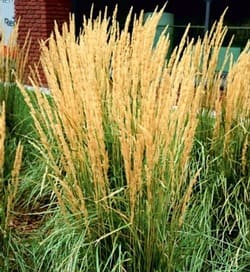
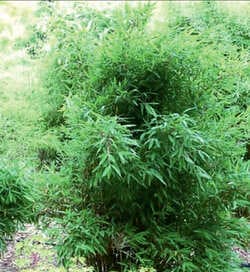
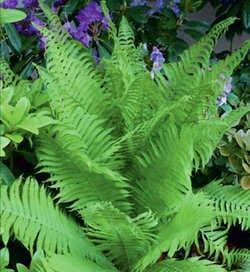




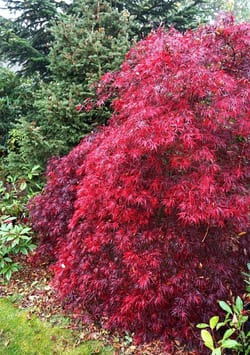
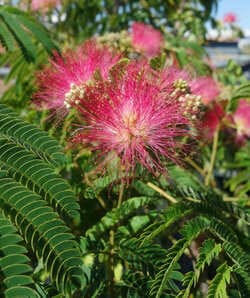
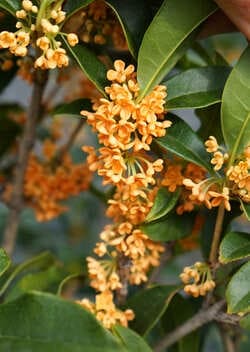



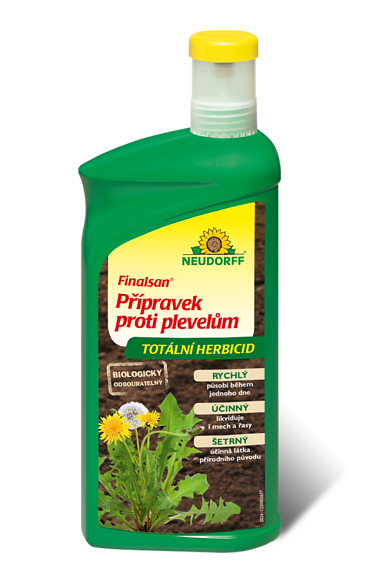


.jpg)
